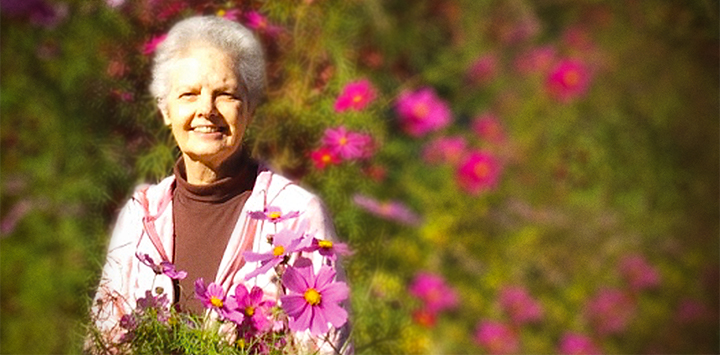
As a child Joanne Gucwa (CHEM ’68) was interested in how things work. Whether she was listening to her father’s crystal radio set to pick up local broadcasts or exploring her grandparents’ farm in southern Illinois, Gucwa continuously learned from the world around her. Today, as she continues a longstanding career as an industrial management consultant, Gucwa melds a wealth of knowledge with her love of nature to write science-based fiction books for children.
Melody and Mallory Maloney are the 7-year-old twin protagonists of Gucwa’s 12-book series, BioFables. As the sister and brother explore a variety of United States locales during travels with their parents and grandfather, they each discover their “extremophile” abilities and impart science lessons to readers.

The extremophile concept in the stories arose out of Gucwa’s Bioblog, which she developed in the late 1990s. Through the blog she shared practical, tech-based articles with readers via brief summaries and links, and soon discovered that the articles that generated the most reader interest covered extremophiles, organisms that thrive in physically or geochemically extreme conditions. Gucwa says that she was also inspired by the Japanese reality show Women of Ninja Warrior, or Kunoichi.
“I became fascinated with the program. Japanese women were hanging from their fingernails 40 feet above water,” Gucwa says. “The germ of a book idea was born.”
The first two BioFables relate how the twins discover their unique extremophile characteristics; Melody is relatively immune to heat and her brother Mallory to cold. Gucwa considers herself something of an extremophile, too.
“At the age of 71 and 3/4s, I’m planning 30 to 40 more books that follow Melody and Mallory through adulthood,” she says.
In addition to teaching readers about various ecological environments and topics ranging from astronomy to zoology, the books integrate “socially-redeeming lessons,” such as respect for elders.
“I was born and raised in Chicago, so my Midwest roots run deep,” says Gucwa, who met her husband, Atsushi Fujii (Ph.D. CHEM 70), while earning her bachelor’s degree. “There are so many incredibly wonderful places on Earth. But all places, including our own backyards and neighborhoods, offer a wealth of science, humanities, and values lessons.”
“Working with various industries, especially in technology, has informed my BioFables topics,” says Gucwa, who obtained an M.B.A. from Northwestern University and has been a certified management consultant since 1982. “I spent decades writing technical reports. Fact, fact, fact. I thought it might be fun to combine fact with fiction, because there is a need for more STEM-focused stories for children. Real science wrapped in a fiction cover.”
The most recent book in the BioFables series, Book 6: The Loch , was published at the end of 2016. The settings of the first six books are locations Gucwa has visited, including Door County, Wisconsin; the dunes of Northwest Indiana; and the family farm in Illinois. The settings of upcoming books seven and eight are fictional areas north of Duluth, Minnesota, and south of Chicago, respectively. Books 9-12 will be set in the Rocky Mountains, Starved Rock, Mammoth Cave, and Yokohama, Japan. In fact, the first character inspired by Kunoichi will finally make her debut in Book 12: Ninja Mom.